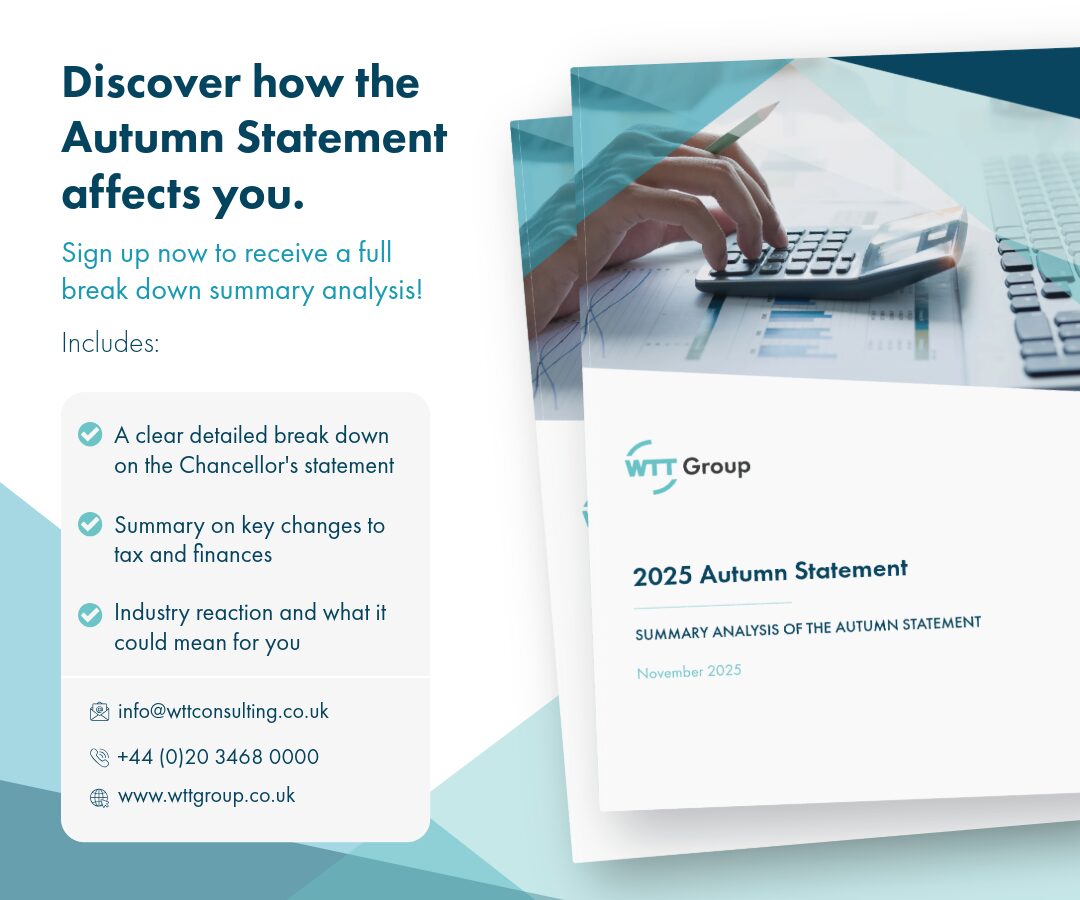Checked & unbalanced
10th December, 2021 I’m often educated by my law trained business partner as to…

The IR35 Off-Payroll legislation continues to shape the recruitment industry. As we move through 2025, it is important to explore key updates and legislative developments that both hiring organisations and contractors need to be aware of. Below we break down navigating IR35 in 2025 and the continuing impact that changes are having on the recruitment industry. Furthermore, we offer practical steps you can take to stay compliant.
IR35, also known as the “Off-Payroll Working” rules, was designed to prevent tax avoidance through ‘disguised employment’. In short, it ensures that contractors working akin to that of an employee, pay the same tax and National Insurance as if they were employed directly by the end client or hirer. For a deeper overview into IR35, read our comprehensive guide for contractors and recruiters here.
Since the 2021 IR35 reforms, medium and large-sized public and private sector end clients have both been responsible for determining the IR35 status of contractors they engage. Small companies, however, have remained exempt from this responsibility.
As of 1 April 2025, the UK government has revised the thresholds that determine whether a company qualifies as “small” for IR35 purposes. Previously, a company was considered “small” if it met at least two of the following criteria during a financial year:
For accounting periods beginning on or after 1 April 2025, these thresholds have been increased to the following:
These changes mean that many growing companies that previously qualified as “small” may now fall within the scope of IR35. Therefore, they are now be responsible for assessing the employment status of their contractors.
If your company has expanded recently, it is crucial to reassess your size classification under the updated thresholds. While clients should refer directly to the Companies Act 2006 (Section 382 onwards) for full legal definitions, generally a company is considered small if it meets at least two of the three criteria set out above in a financial year.
In the 2024 Autumn Budget, the UK Government announced notable changes to employer National Insurance Contributions (NICs), which took effect from 6 April 2025. These reforms are expected to increase employment costs for companies across sectors.
Key Changes Include:
These adjustments mean employers will begin paying NICs at a much lower salary level and at a higher rate. This significantly increases the cost of hiring employees and contractors operating inside IR35.
Find out more on the Changes to Employer National Insurance Rules in our previous blog.
As employer NICs rise, the financial burden of engaging contractors deemed inside IR35 becomes more apparent. In response, businesses and contractors alike may increasingly favour outside IR35 arrangements, where the client is not liable for employer’s NICs as there is no employee/employer relationship between the parties. Instead the services of the contractor are being provided under a genuine business to business engagement.
These shifts may further incentivise companies to revisit their contractor engagement models and IR35 assessments to manage costs and remain compliant.
Further to this, the 2024 Autumn Budget announced plans for major reform of the umbrella company market, with changes expected to take effect from April 2026. These reforms are designed to address what the government has described as widespread non-compliance and exploitative practices within the sector.
The proposed changes go beyond tax compliance and aim to tackle broader issues such as denial of employment rights, misuse of employment status and lack of transparency in pay and deductions.
While the full legislative framework has not yet been published, the message is clear- all parties in the contractor supply chain will have a responsibility to ensure compliance.
Although the changes are scheduled for 2026, businesses should start preparing in 2025 by:
Staying ahead of these reforms will be crucial in protecting both workers and businesses compliance measures.
The IR35 landscape continues to evolve. 2025 has introduced key changes, from updated company thresholds and increased enforcement to rising employment costs. Whether you are a contractor or end hirer, staying informed and compliant is more important than ever. Businesses should avoid a one-size-fits-all approach to assessments and instead ensure each engagement is reviewed individually, supported by a clear and well-documented Status Determination Statement (SDS).
Whether you’re reviewing your contractor engagement strategy or seeking clarity on the latest reforms, we’re here to help. Need help navigating IR35 in 2025? Get in touch to speak with an IR35 compliance specialist today.
The information contained in this blog is provided for informational purposes only and should not be construed as legal advice on any matter. Circumstances will affect risk and legal advice should be tailored to your individual circumstances.
 Article
Article
10th December, 2021 I’m often educated by my law trained business partner as to…
 Article
Article
2nd July, 2021 Crypto Tax- What can we learn from the US? Introduction The…
 Article
Article
Inheritance Tax (IHT) is one of the most significant considerations in long-term wealth planning,…
 Article
Article
What the Autumn Budget 2025 Means for You Rachel Reeves delivered this year’s Autumn…
 Article
Article
Demystifying Inheritance Tax Misconceptions Inheritance Tax (IHT) is one of the most complex and…
We’d love to hear from you!
Whether you simply have a quick question, or were seeking a more formal conversation to discuss your tax needs, drop your details here and we will be in touch! Alternatively, you can contact us on +44 (0)20 3468 0000.